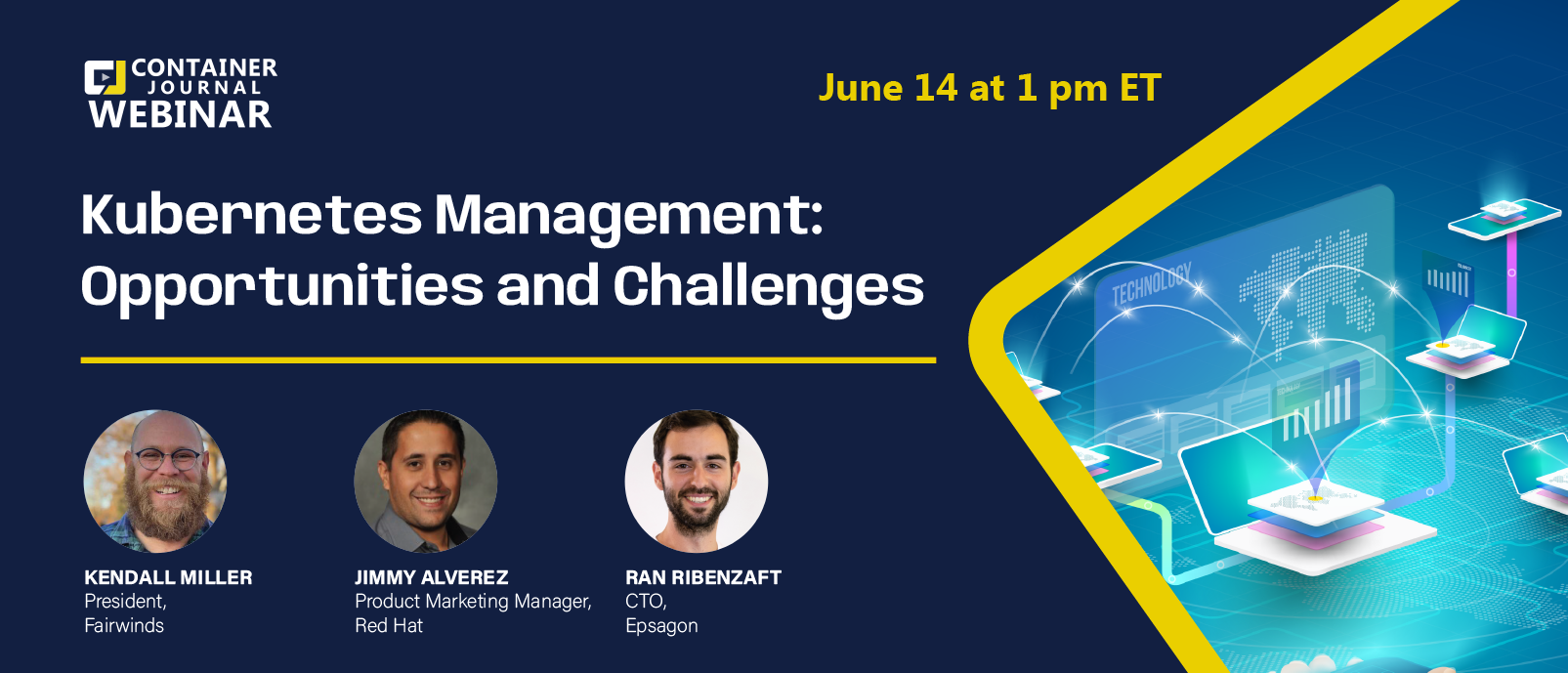Webinar
Think About Your Audience Before Choosing a Webinar Title

Sponsored by FAIRWINDS, RED HAT, AND EPSAGON
What You’ll Learn in This Webinar
As more organizations adopt cloud-native technologies to advance their digital transformation and application development efforts, many are unprepared for the complexity of managing the Kubernetes clusters on which these applications are deployed. Currently there are three primary ways to manage Kubernetes: one Kubernetes cluster for all applications, virtual clusters for applications, or fleets of separate clusters for each application. Each one comes with both pros and cons depending on various factors including use case and even cloud infrastructure.
In this webinar, we’ll explore the opportunities and challenges that currently exist with Kubernetes management and take a deep dive into existing ways to manage various Kubernetes environments effectively.







